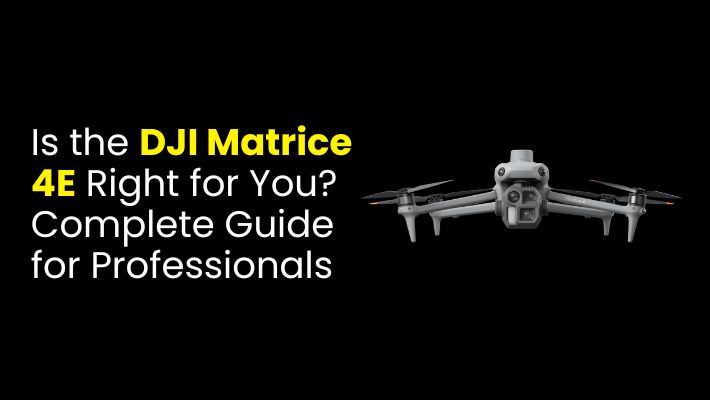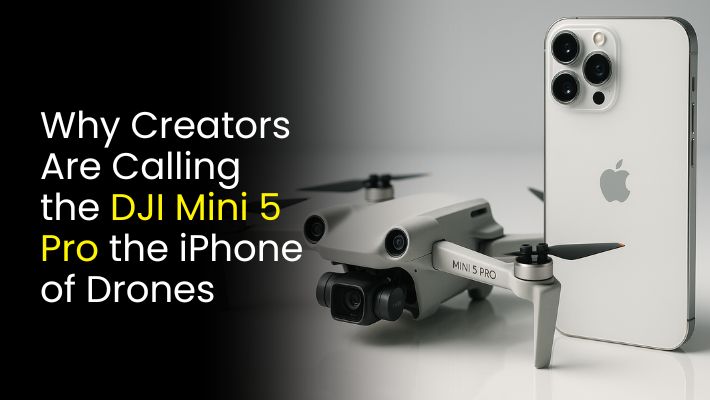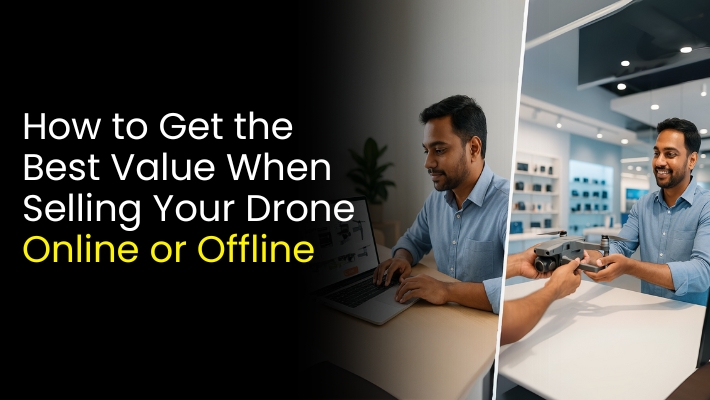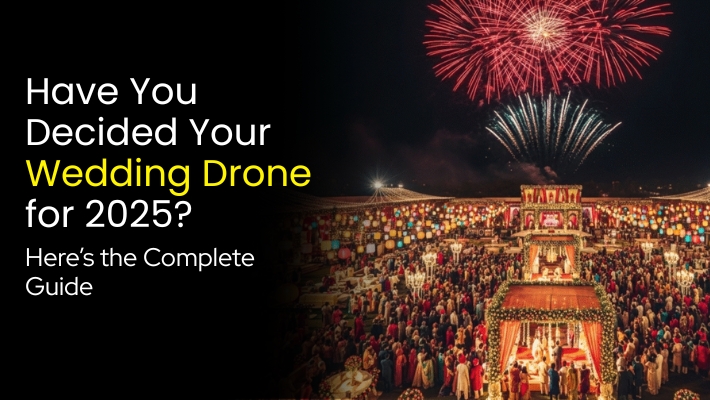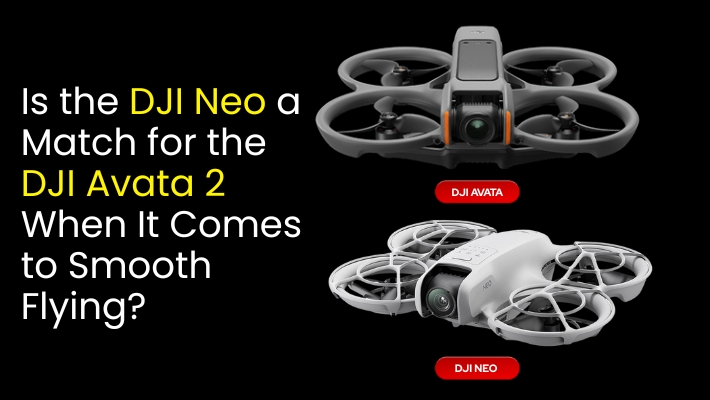Is the DJI Matrice 4E Right for You? Complete Guide for Professionals
The DJI Matrice 4E is a professional-grade drone that has quickly become a go-to choice for industries requiring precision, reliability, and advanced aerial capabilities. Unlike consumer drones, the Matrice 4E is built for heavy-duty applications, including industrial inspections, mapping, surveying, agriculture, construction monitoring, and security operations. Its robust design, long flight time, and compatibility with …
Is the DJI Matrice 4E Right for You? Complete Guide for Professionals Read More »

